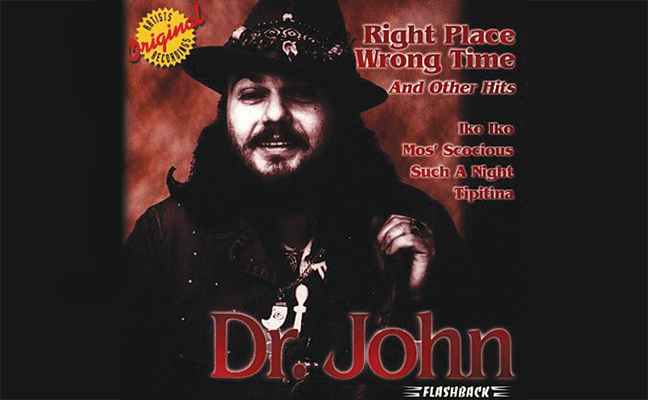
Malcolm John Rebennack, better known as Dr. John, is neither a physician nor a technician, but his hit song title is a helpful reminder for termite professionals.
If you don’t know the song “Right Place Wrong Time,” by Dr. John, you are missing out. Go ahead, Google it now. I’ll wait.
The funk-rock classic topped out at No. 9 on the Billboard charts in the steamy summer of 1973. In places, the lyrics border on gibberish, but the song title alludes to the idea that oftentimes, more than one factor can influence an outcome. In the case of soil-applied liquid termiticides, successful subterranean termite control hinges on applying the right dose to the right place. Failures often can be attributed to treating the right place with the wrong volume, or vice-versa.
So, what’s the secret to successful termite control? Understanding termite behavior and building construction is important, but identifying the depth to the top of the footer is an underappreciated factor. This is because the depth to the footer will influence both the volume of termiticide required, and the place it is deposited.
Conventional termiticide labels require the applicator to treat the soil adjacent to the foundation wall to create a treated zone between where the termites are (in the soil) and where they are trying to go (inside the structure). To accomplish this, labels typically call for the application of 4 gallons of product per 10 linear ft., multiplied by the depth-to-footer. The depth-to-footer multiplier increases the volume of termiticide applied commensurate with the volume of soil to be treated.
To determine its depth, you must find the footer itself. In basement construction, it typically is located just below the slab (in floating or supported slab foundations). In a crawlspace, the footer is often visible at or just below the crawlspace floor.
After that, determining the depth is as easy as figuring out how deep the soil is piled up on the other side of the foundation wall. Termiticide volume can then be adjusted to ensure that the right amount is placed in the right location.
Leave A Comment